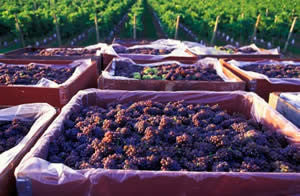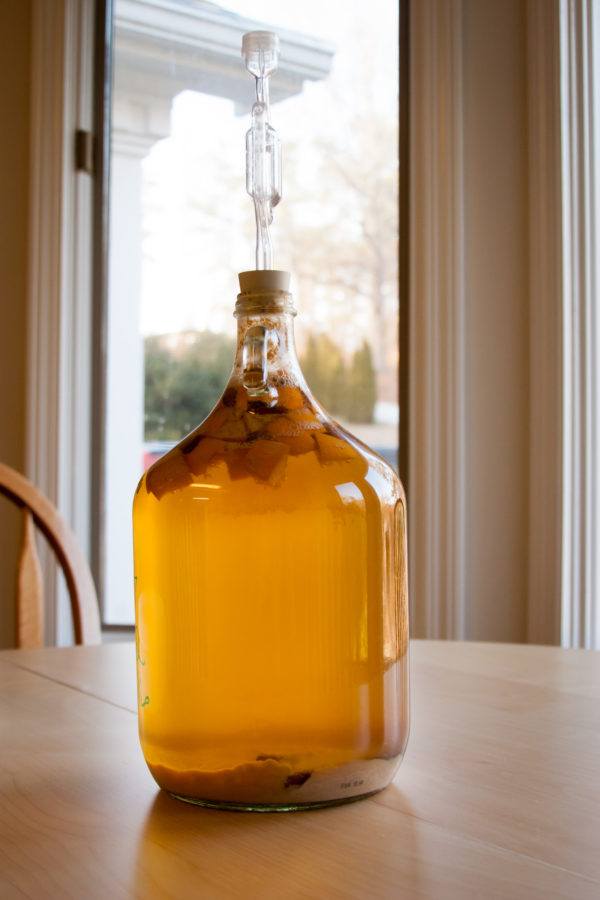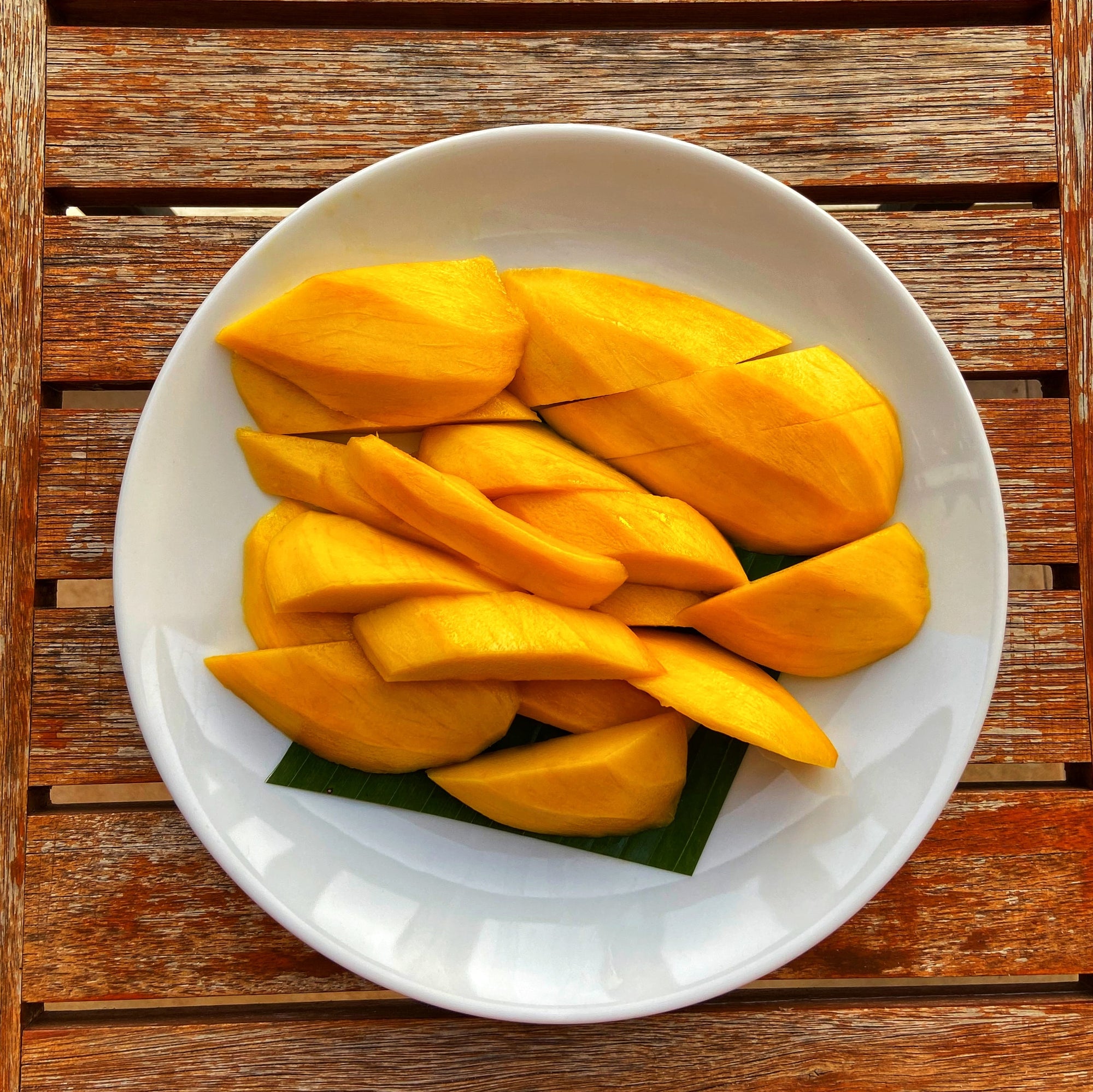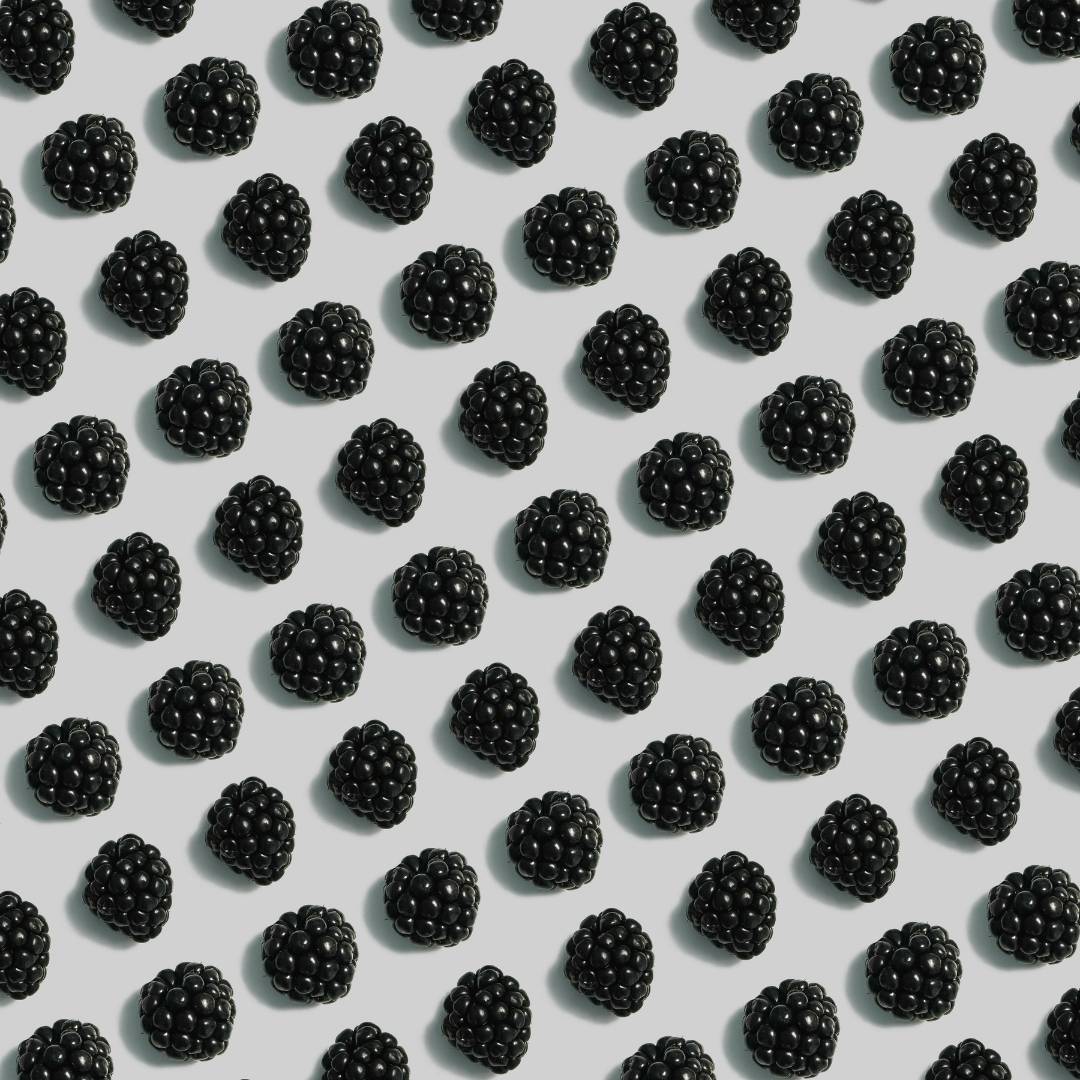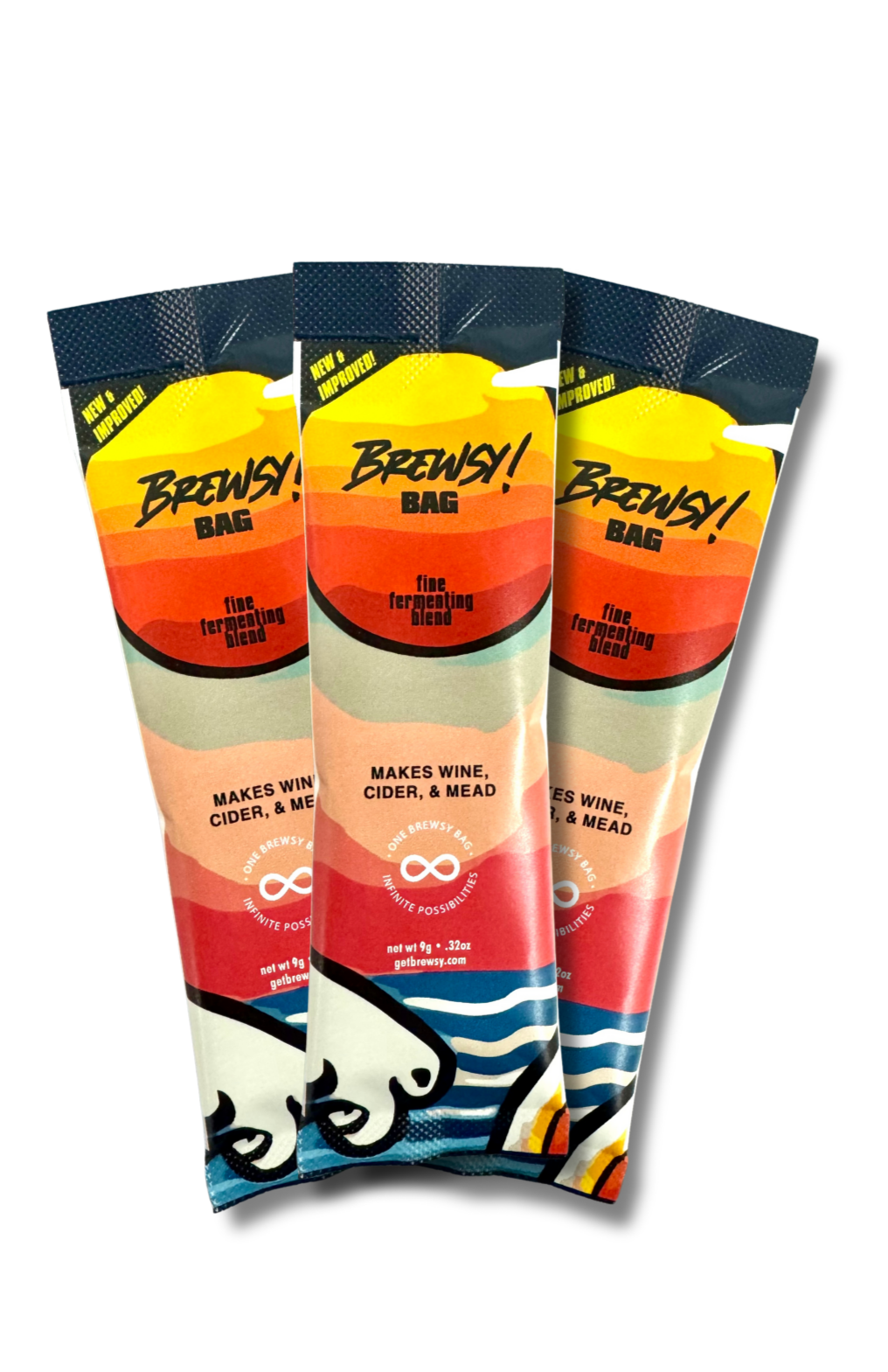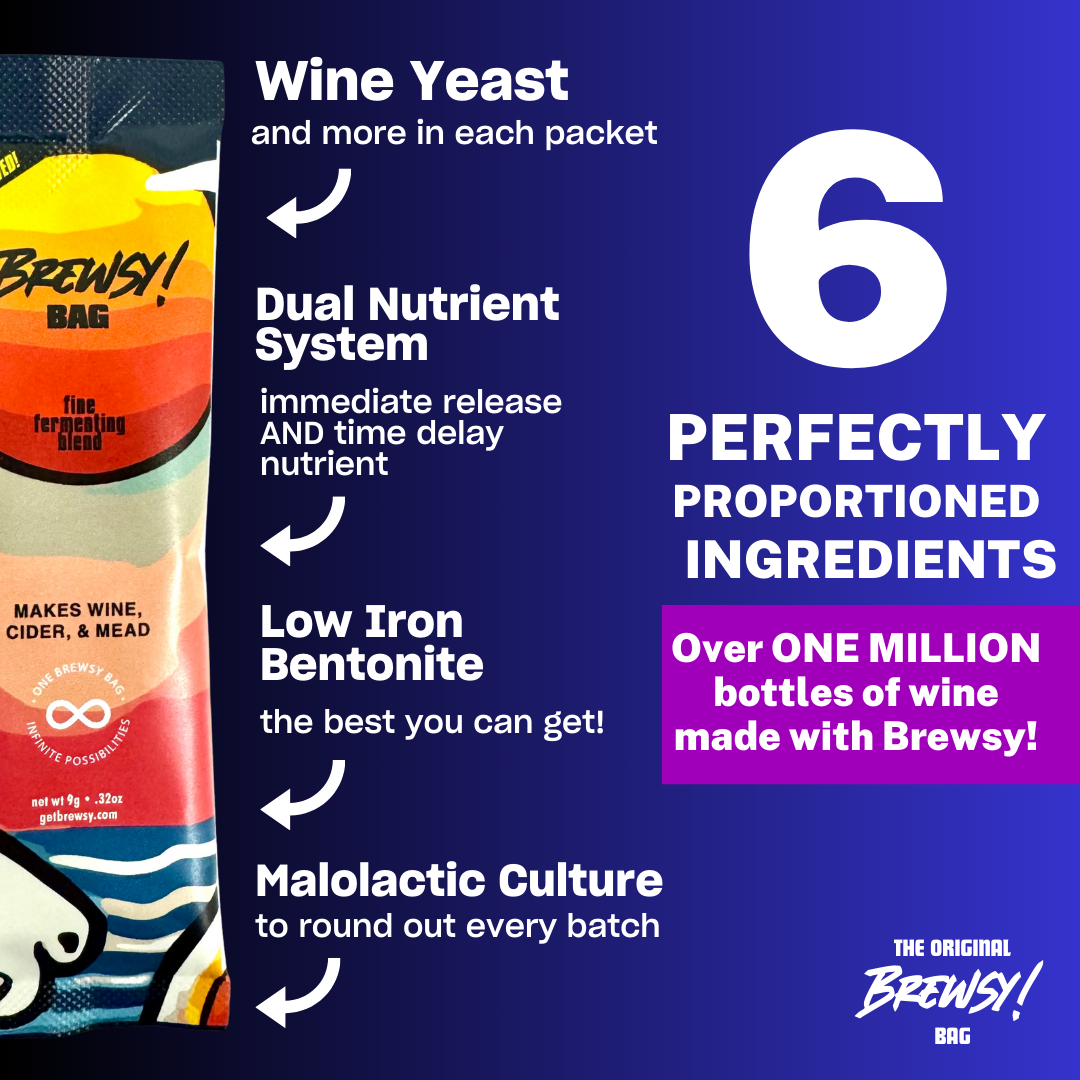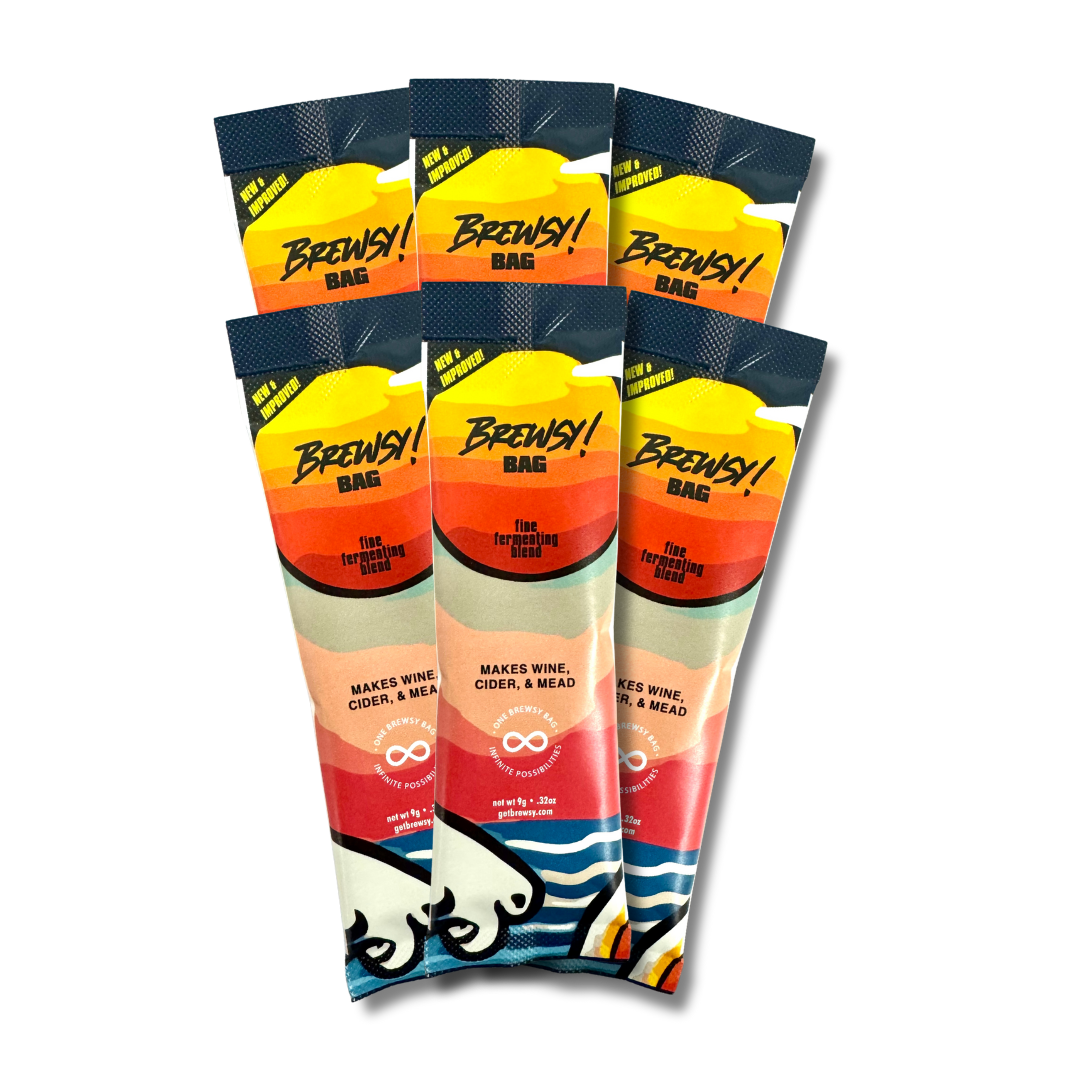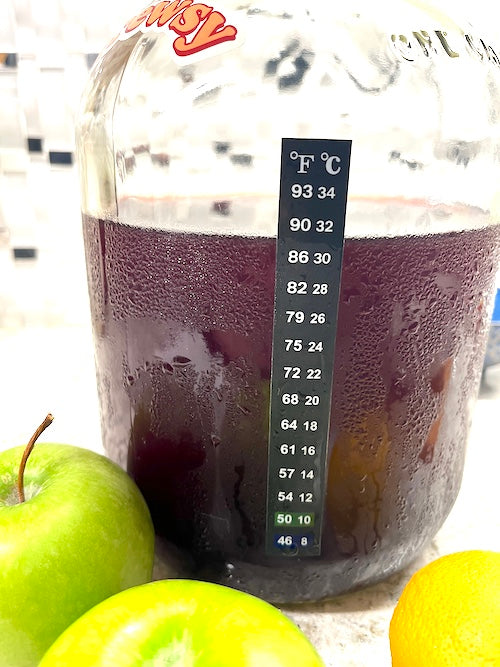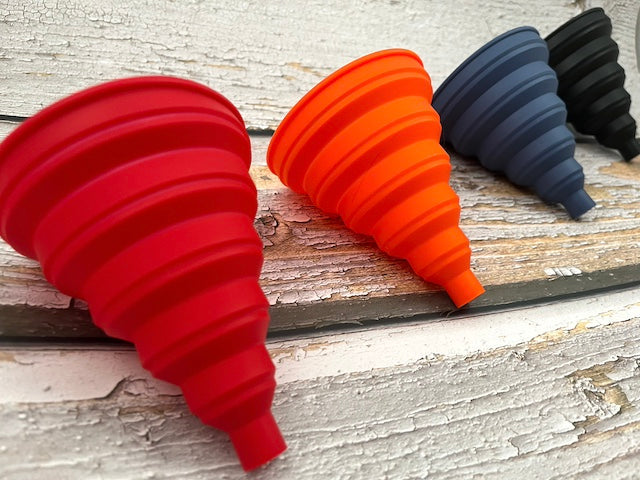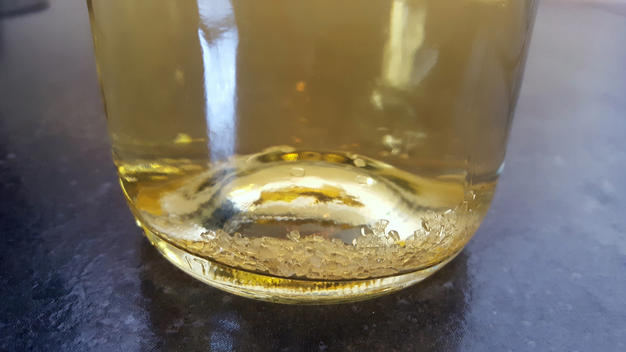
What Are Wine Diamonds?
What Are Wine Diamonds?
Occasionally, one may open a bottle of wine and find, what look like to be, crystals or mineral deposits on the cork or in the wine itself, those are wine diamonds. Before you start worrying, they are completely safe for consumption, and they do not alter the taste of a wine in any way, shape, or form.
Wine diamonds, or tartrates (potassium bitartrate, to be scientifically specific), are harmless and safe to consume. Tartaric acid is an acid commonly found in a multitude of fruits, one of them being grapes. They are the result of potassium and the tartaric acid binding together to form a crystal when the wine is exposed to temperatures below 4°C. They often have a similar appearance to clumped fine sand, or even clumped snowflakes.
The presence of wine diamonds is actually viewed by many winemakers as a sign of high quality because it means that the wine has not been stabilized (a process of reducing the temperature of the wine to near freezing for a few days). To many a winemaker, the diamonds are also referred to as tartrate crystals.
While wine diamonds may leave a slight gritty texture on your tongue, they do not pose a health risk and are safe to consume. However, some people prefer to avoid them altogether. If that is the case for you, no need to worry! There is a process called cold stabilization that can be done in order to prevent wine diamonds. After fermentation, the winemaker will drop the temperature of the wine to near freezing for anywhere between three to four days. This process will cause the tartrate crystals to fall out of suspension and settle at the bottom of the tank or bottle, making them easily filtered out through racking.
So next time you come across some "crystals" in your wine, do not fret! They are most likely wine diamonds and completely safe for consumption. Cheers!



